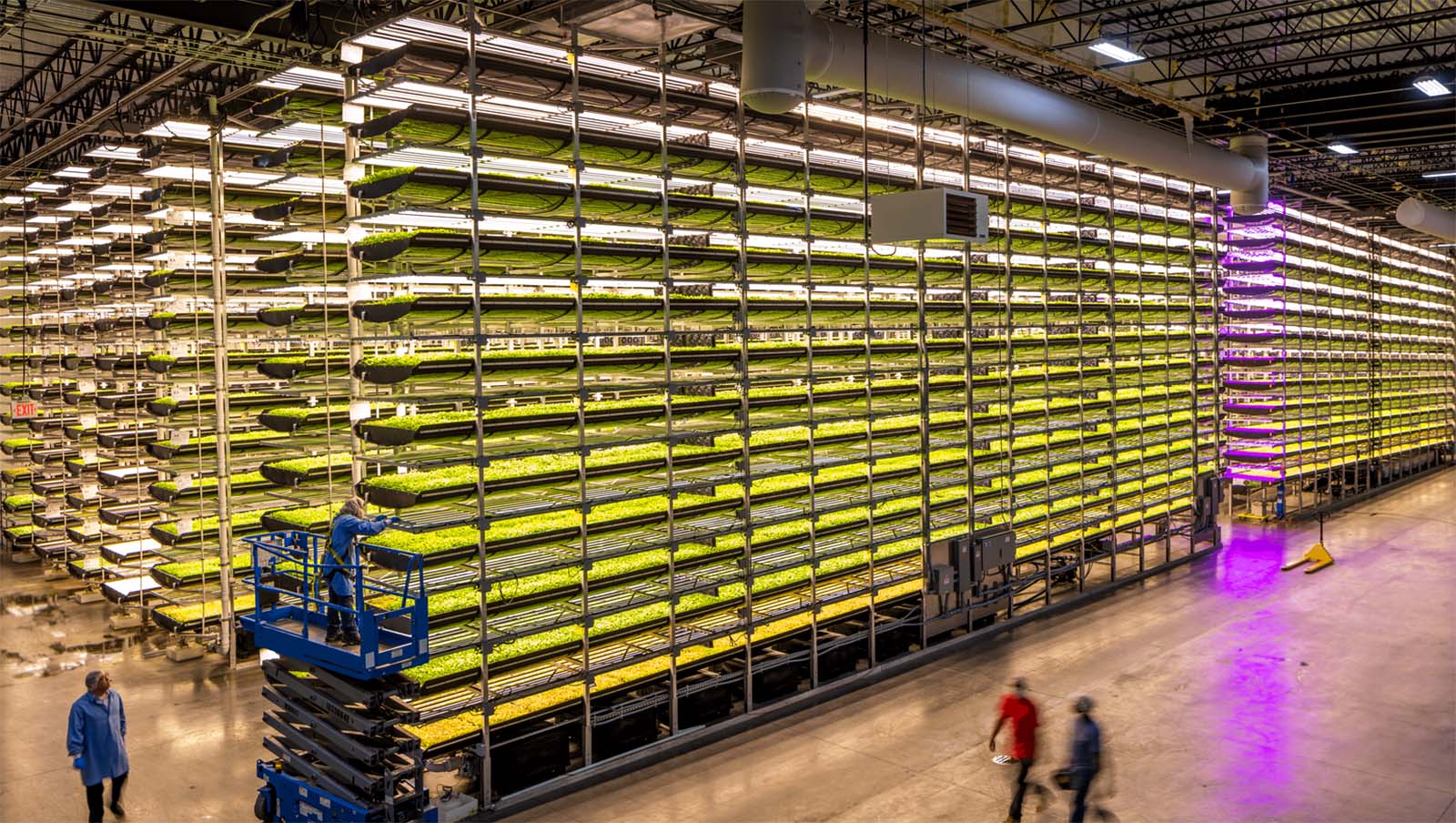Green is the new normal. Several studies suggest that consumers - both businesses and individuals - have sustainability in their finances top-of-mind. Actively finding ways to embed sustainable practices into day-to-day actions however remains an enormous challenge.
Why is that?
1️⃣ Where to even begin? - the field seems so big and nobody answers my specific questions in an understandable way.
2️⃣ Not easy to reach - consumers want an easy access; no additional app, no additional registration, no intransparent products – embedded into existing solutions, preferably being taken care of automatically. The law of supply and demand applies. But government steering mechanisms can be effective when applied correctly.
3️⃣ Fear of greenwashing - how effective are my actions? Am I trapped into believing I do something good while I am actually not?
🎯 So, what to do? Financial infrastructure providers can make use of exponential leverage effects to strongly increase adoption of problem-solving solutions across all sectors.
Many market participants are working towards addressing the above-mentioned points, which will further increase the adoption - and ultimately lead to a greener planet. We must continue to understand environmental, economic and social sustainability as key points that are to be taken into consideration when building businesses of tomorrow. Every purposeful initiative can reach impact through scale.




